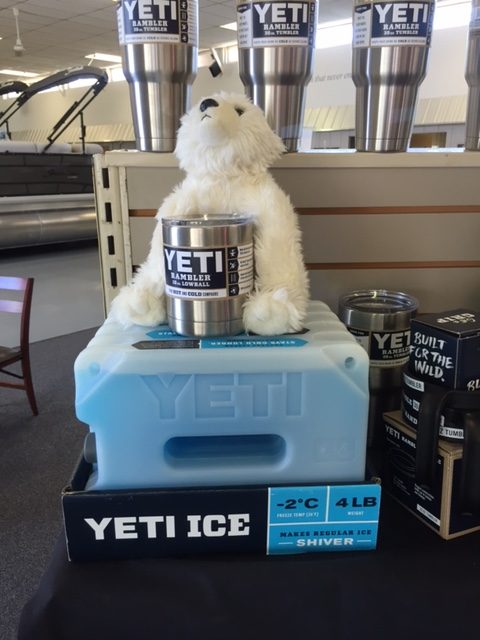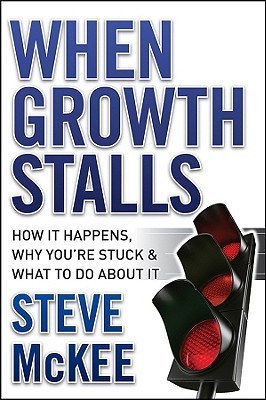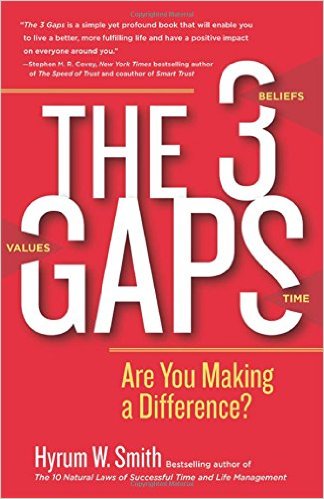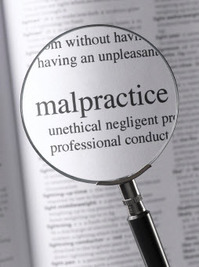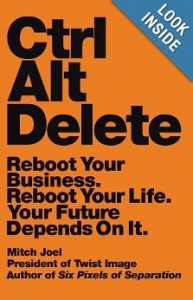“Show me MY Money !” …How one entrepreneur solved a growing market problem
Listening to your market, and solving unresolved market problems is key to any company’s future profitable growth. If your team wants to fix a sales problem ,go out into your market, conduct a value proposition audit, and identify new problems to be solved. I recently met with an impressive entrepreneur named Tim Dimoff of SAC’s consulting and he and his team nailed a solution to a current, urgent , unresolved market problem : when money goes missing.
My last few posts have shared how companies we recognize today as market leaders listened to market problems and solved them. I have received many kind calls and emails about these posts.
However one comment concerned me:
“Mark, I like what you are saying and I will try to do this value proposition audit thing, but I am a small company. I am no Yeti. I spend my time running my company and I do not have the resources these companies you write about have.”
This really bothered me. I apologize to everyone who reads my content if I made this process feel like added work or complicated. It is not. If I can do it you can too. It is strategic sales and marketing work you or your team must do. What I am asking, particularly if you are a small business who wants to be a Gunner Kennels or Invue one day is spend time ON your business talking with your customers and potential customers.
I met Tim at a local NSME association meeting and I mentally said I needed to know this guy’s story so I set up a meeting.
Tim was an Akron police officer for just over 20 years and he spent a great deal of his time in narcotics investigations. He retired but still felt compelled to serve the community. So he made a list of the top business leaders in the community and asked to meet them to understand their problems. No hard sale, he was listening for gaps he could fill. At first he provided security services, then HR consulting and training. As the years went by he continued to listen for gaps, needs his clients had and offered other service products like investigations, culture training, and building an site security consulting and solutions for growing problems for like active shooters.
He kept asking the market for problems they had, gaps, that he and now his staff of investigators and trainers could solve. One customer mentioned they had a big problem; someone in their organization had taken a large amount of funds and disappeared. Tim having a background in finding people took on the challenge and found this ex-employee in another state and helped get the money returned in less than a month. As it turns out this is a large and growing problem: People who take money and disappear.
Tim and his team created a service: Asset Tracking and Investigations offering to help his market find money. There are many forensic accounting firms who will help you identify your money is gone but few companies with an expertise of finding money and the individuals who stole it fast. Tim started being known in the market for this service through law firms, accounting firms and others who served businesses with this problem. These firms became his virtual sales and marketing. His expertise in finding people and money gave him national exposure on TV, Radio and investigative reporters frequently used him on their stories. Today his firm SAC’s consulting helps companies and individuals find stolen money all over the world. Some of his clients come to him after they have tried 2-3 other investigative firms.
Tim and his team are relentlessly improving and making their services and processes better every day based on market feedback. This has led to a proprietary data search software they developed that helps them find money and people in half the time it would take other firms.
In addition to having a growing and profitable business, what Tim is most proud of is his client retention rate. Most firms like his will loose 50% of their clients every five years. Tim’s firm has just over a 97% retention rate…why? He shared he and his teams are committed to understanding what our clients’ problems are and solving them. If the problem/ gap they need filled is not in our capabilities we find someone who can. If the problem happens frequently enough we will create a service to solve it. This is another benefit of serving your market and not just selling them.
He and his firm are obsessed with what he calls customer touches. They speak with their clients often and are always asking for new ways to serve.
So how about your company…
Have you identified and solved an urgent market problem for your clients?
Has your team been flooded with calls from a virtual sales force of others who serve your market because of your solution?
Does your team have a thirst for customer touches that drives your new products and services?
What would your business look like with a 97% customer retention rate?
What would it mean to your business to have your company recognized on national television as an expert in solving your markets’ current market problems?
The process I have been sharing over my last few posts is for anyone who wants to grow their business profitably. It is not complex; it does not require a strong IT department or some expertise SEO. It is a simple desire to listen and understand your customer’s problems and solve them completely.
It is acting as a servant to your market not a salesman.
Shouldn’t you contact your customers and potential customers today?
It will help “Show you money your team could be closing”.


